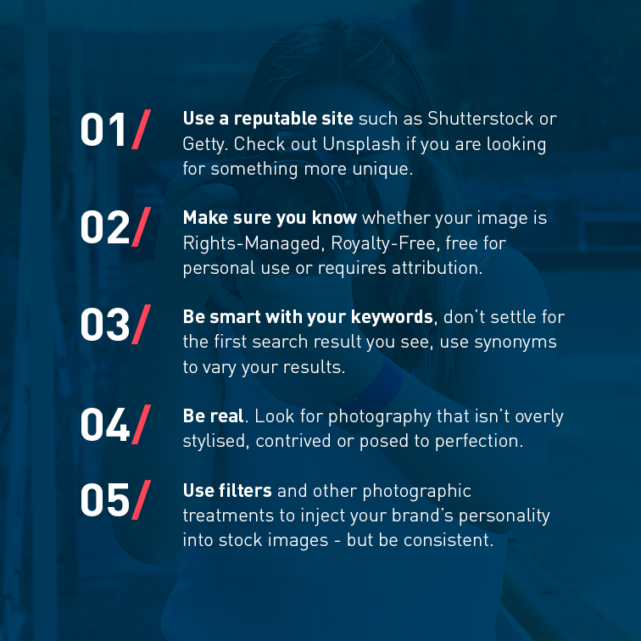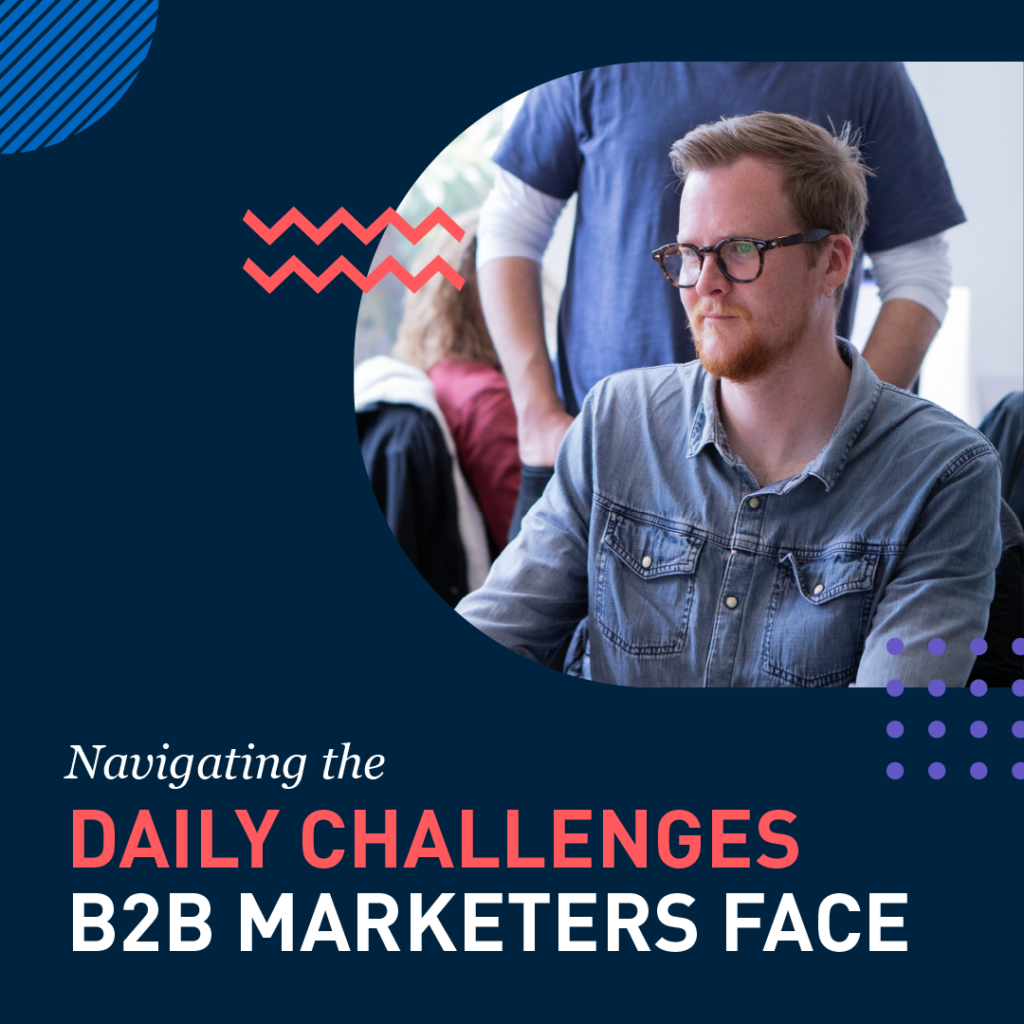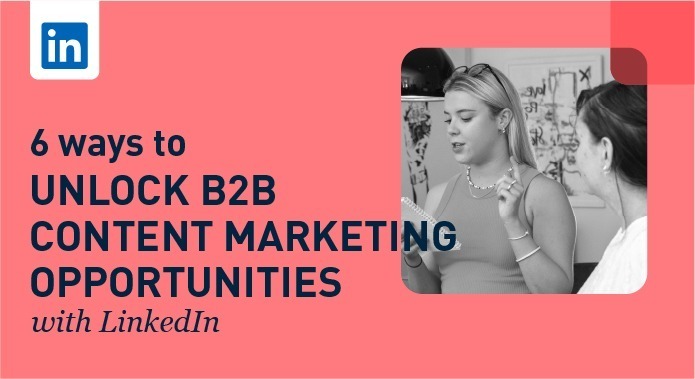It’s true what they say; a picture can say a thousand words. Which is why when it comes to photography, you need to choose imagery that says all the right things about your brand. Sounds like a simple enough task? Perhaps not. Like so many things in life, the hardest part is getting started, but a good place to begin is by defining the kind of imagery your brand should use and when.
Start by identifying your brand’s personality. Who is your brand? If it were a person, who would it look like? For example, if my brand personified was a young Johnny Depp, my target audience might resonate with photography that was dark, moody, black and white with a grainy filter over it.
MY BRAND ISN’T A YOUNG JOHNNY DEPP – HOW CAN I FIGURE OUT WHO IT IS?
Robert Frost wrote of two roads diverged in a yellow wood, and similarly, your brand is facing two equally hard to navigate roads. One is its personality and the other is its target audience. Now, instead of following Frosty and taking the road less travelled, turn around and head back to the point where they join up – that’s where your photography style sweet spot is probably hanging out.
There is a lot that goes into defining your brand’s personality, and we always recommend undertaking a brand strategy workshop (we run a great one at BlueMelon Design). If you can’t make an awesome workshop with us happen right now, try starting with this basic exercise.
Make a list with two columns. One column is the audience/s you are targeting, the other is a list of character traits you think your brand might have. Here’s an example:
Target audience: Australian men, aged 25-35, fathers.
Brand traits: Honest, trustworthy, funny.
OK, NOW IT’S DOWN ON PAPER I THINK I KNOW MY BRAND A LITTLE BETTER. NOW WHAT?
Make a decision. Will you shoot or use stock? As creatives, we’ll always choose a shoot if time and money permit. Shooting your own imagery is important in many ways, but these are the two that resonate most with us. One, they’re yours. No one else can (legally) use them. You will never see them on a bus stop ad for a new washing-up liquid brand. The second reason is that you have complete creative control. You get to define your talent, location, props, subject, lighting, composition and even the angle at which the image is taken – all based on who your brand is and who you want it to resonate with.
I HAVE NO TIME AND/OR BUDGET. I NEED TO USE STOCK PHOTOS.
No problems! Stock photography can be great. It can also be nauseating. The trick is knowing how and where to look. First up, stick with the reputable ones. Getty, iStock and Shutterstock (to name a few) will always have some good choices available. The first thing to be aware of is the difference between rights-managed vs royalty-free. In a nutshell? Royalty-free equals affordable but not exclusive. Rights managed equals significantly less affordable, but the image is yours exclusively, for a period of time.
GOT ANY TIPS ON LOOKING FOR STOCK PHOTOGRAPHY?
There are some amazing sites out there that offer free stock imagery (note – some of these sites will request that you need to credit the photographer). Our favourite freebie site in the studio is Unsplash. This absolute gold mine, founded by Mikael Cho, is a great resource for beautiful, unique high res imagery that costs nothing and no attribution is required. The downside? It has limitations if you are looking for something very specific. You’re probably not going to find an array of ‘young man using washing-up liquid’ images any time soon. No problems! Stock photography can be great. It can also be nauseating. The trick is knowing how and where to look. First up, stick with the reputable ones. Getty, iStock and Shutterstock (to name a few) will always have some good choices available. The first thing to be aware of is the difference between rights-managed vs royalty-free. In a nutshell? Royalty-free equals affordable but not exclusive. Rights managed equals significantly less affordable, but the image is yours exclusively, for a period of time.
Whatever site you’re on, be smart with your keywords when you search. Don’t settle for the first batch of results that come up. Try using synonyms and other phrases you think might get the results you’re after. Utilise the ‘more images like this’ function that most of the major stock photo sites offer.
There’s some seriously cheesy stock out there, and, if this is the look your brand is going for then help yourself to it. It’s more likely however that you’ll be looking for authenticity. Look for photography that isn’t overly stylised, contrived or posed to perfection. No matter your target audience, remember they are humans not creepy mannequins.
If you’re not commissioning or creating your own photography by way of a shoot, a sneaky way to weave more of your brand identity into your stock shots is by using a filter. You can use photo editing software to increase the contrast, lay a coloured gradient over it, lower the saturation, just to name a few little tricks of the trade. If you go down this route, here’s the best tip we can give you; stay consistent. Do it every time. Then maybe, in the future, you can shoot something bespoke in this very style you curated for your brand.
RACH IS A CREATIVE LEAD AT BLUEMELON DESIGN, WHERE WE LOVE HELPING PEOPLE DEFINE THEIR BRAND IDENTITY. GET IN TOUCH TO FIND OUT HOW WE DO IT.









